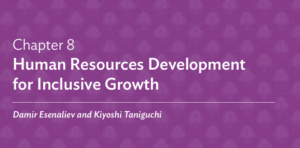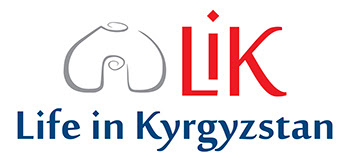This study presents an in-depth analysis of the sector reforms needed to enable the Kyrgyz Republic to achieve higher and more sustainable economic growth. Dr Damir Esenaliev of ISDC has co-authored a chapter titled on Human Resources for Inclusive Growth.
In Chapter 8, Damir Esenaliev and Kiyoshi Taniguchi argue that the Kyrgyz labor market is undergoing a structural shift with labor moving from agriculture to services. The quality of jobs in terms of stability and security is declining because of the presence of a large informal sector. The unemployment rate has been relatively high, though the extent of underemployment has improved somewhat. Female participation in the labor force has declined and a sizable number of workers has gone abroad. Labor migration is a central development in the contemporary history of the country, and it has enormous welfare and social impacts at both macroeconomic and household levels. Migration became an even more viable alternative to domestic jobs with the Kyrgyz Republic’s membership in the EEU since 2015, driven by higher incomes in the destination countries, mostly the Russian Federation. However, the Kyrgyz labor migrants mainly hold blue-collar jobs. The education preference has also undergone notable changes, with more young workers opting to enter the labor market earlier or to pursue vocational education than in the early 2000s, and a lower proportion of high school graduates attending higher education. The evidence points to a deteriorating quality of education. The education system lags in equipping graduates with the skills demanded by the labor market, and the school curricula do not sufficiently address gaps in teaching ICT and life skills.
Publication Details
- Year of Publication: 2019
- Region/s: Central Asia
- Theme/s: Human Development · Individual Decision-making · Life in Kyrgyzstan · Micro-Data Collection
- Research Topic/s: Education · Employment · Gender · Health · Migration & Displacement
- Method/s: Cross-sectional Data Analysis · Panel Data Analysis
- DOI: https://www.adb.org/publications/kyrgyz-republic-improving-growth-potential




